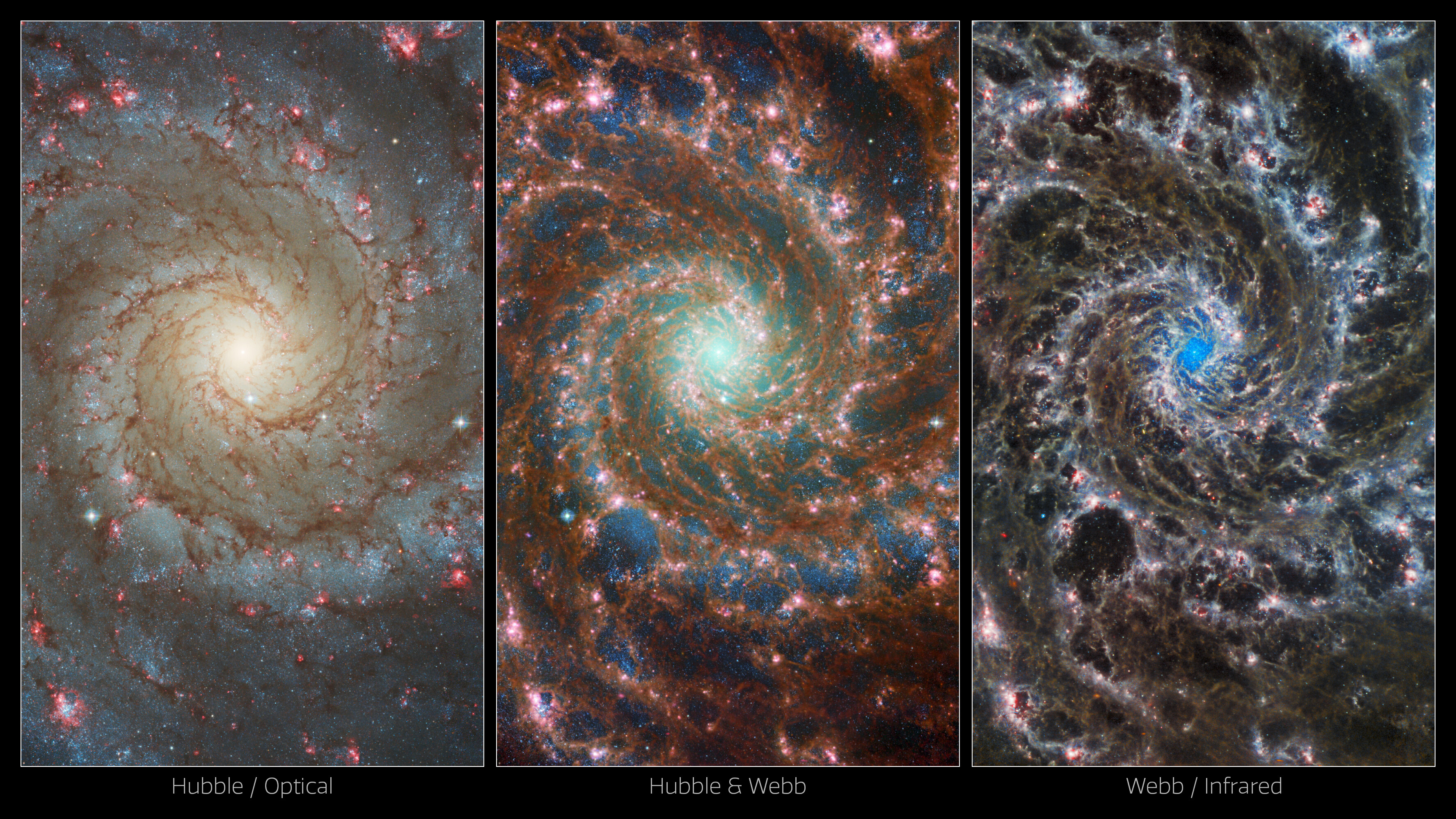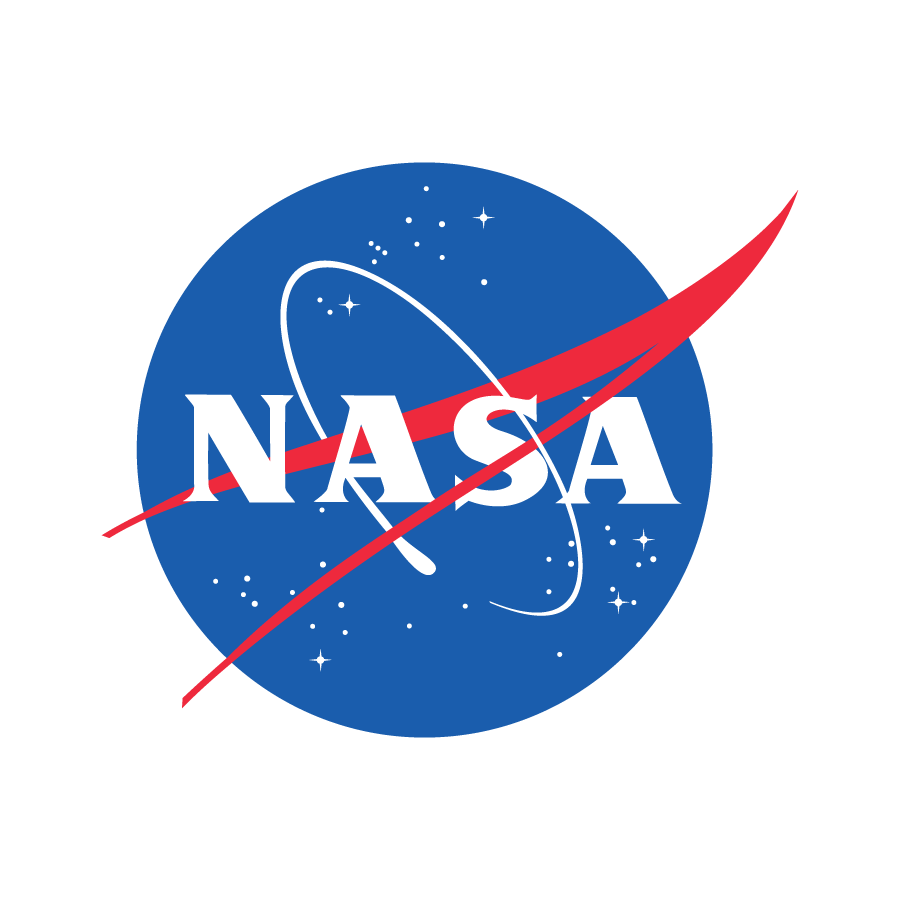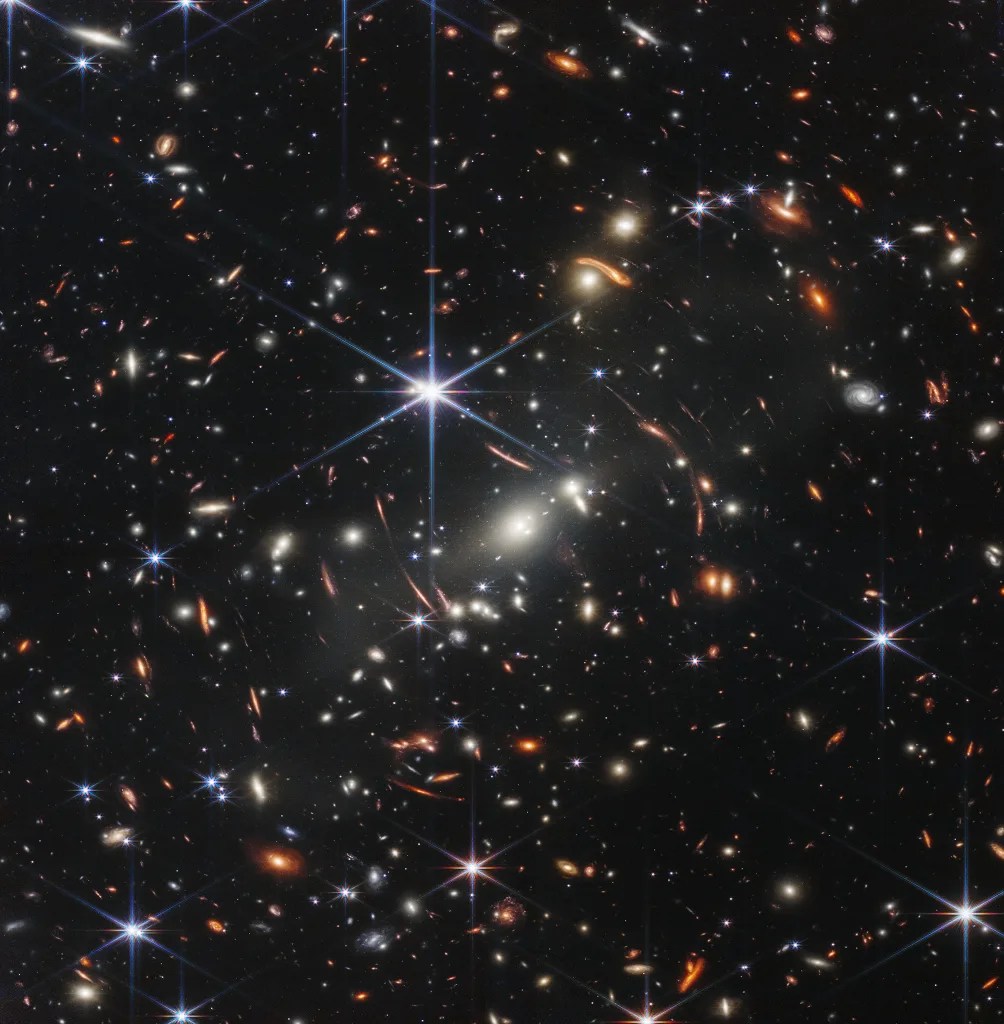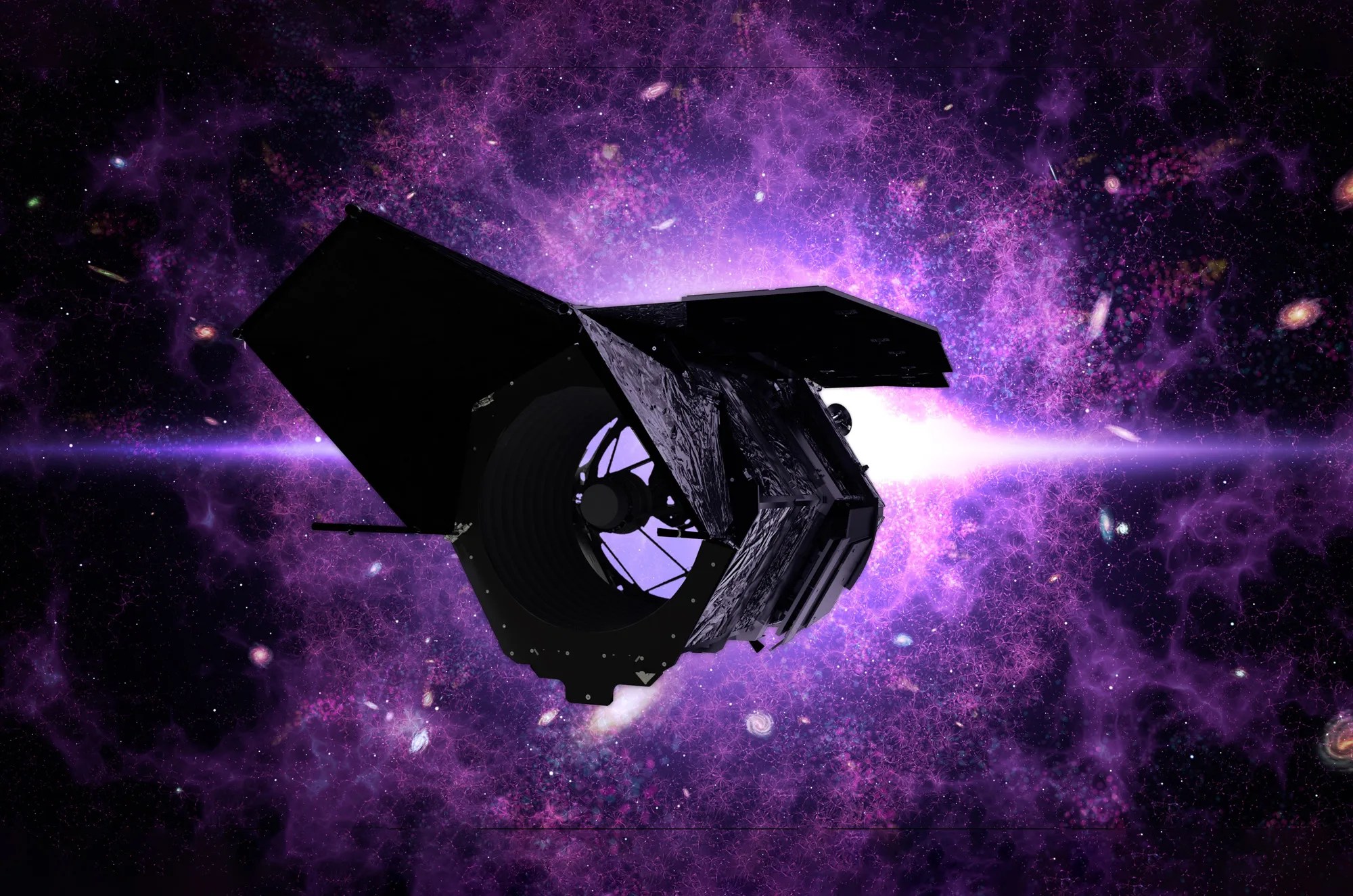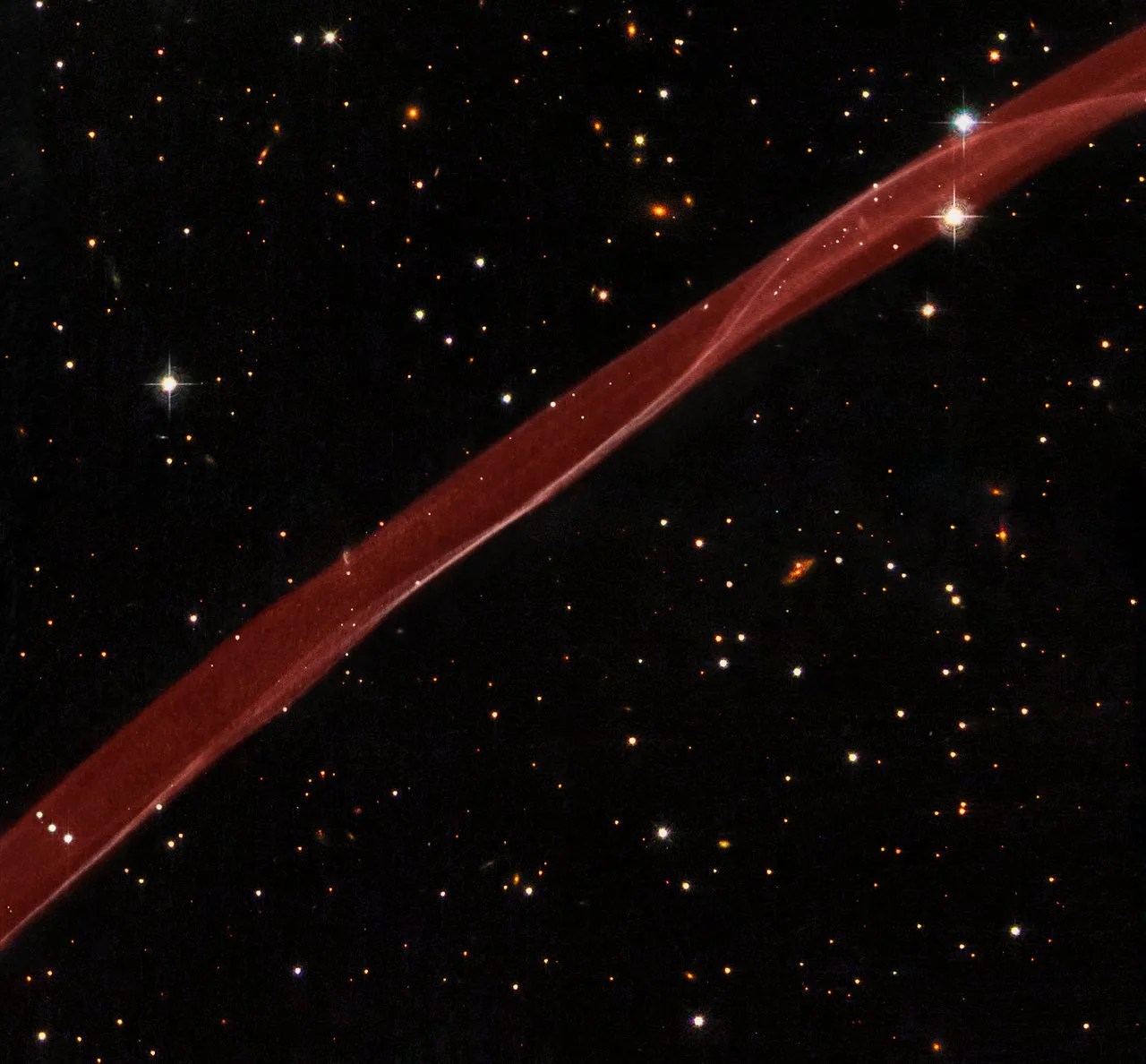
HWO Science
This observatory would simultaneously provide powerful capabilities for transformational astrophysics discoveries, from our cosmic backyard of the solar system to the distant universe and everything in between.
Worlds and Suns in Context
The Habitable Worlds Observatory would be the key tool to discover potentially habitable worlds in nearby planetary systems and search them for signs of life. Studying the connections between stars and their orbiting worlds will also help us better understand how those relationships affect a planet’s ecosystem.
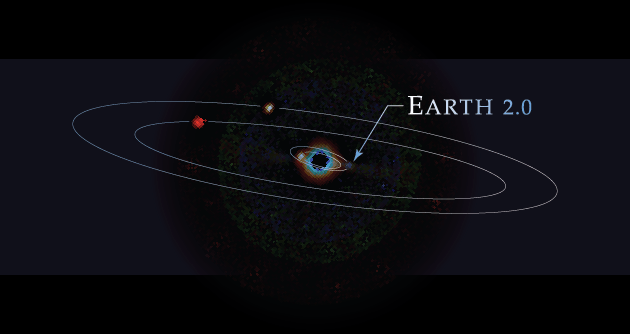
Cosmic Ecosystems
The Habitable Worlds Observatory would revolutionize our understanding of the origins and evolution of galaxies, from the cosmic webs of gas that feed them to the formation of stars within them, using new observational capabilities beyond those of Hubble and Webb.
